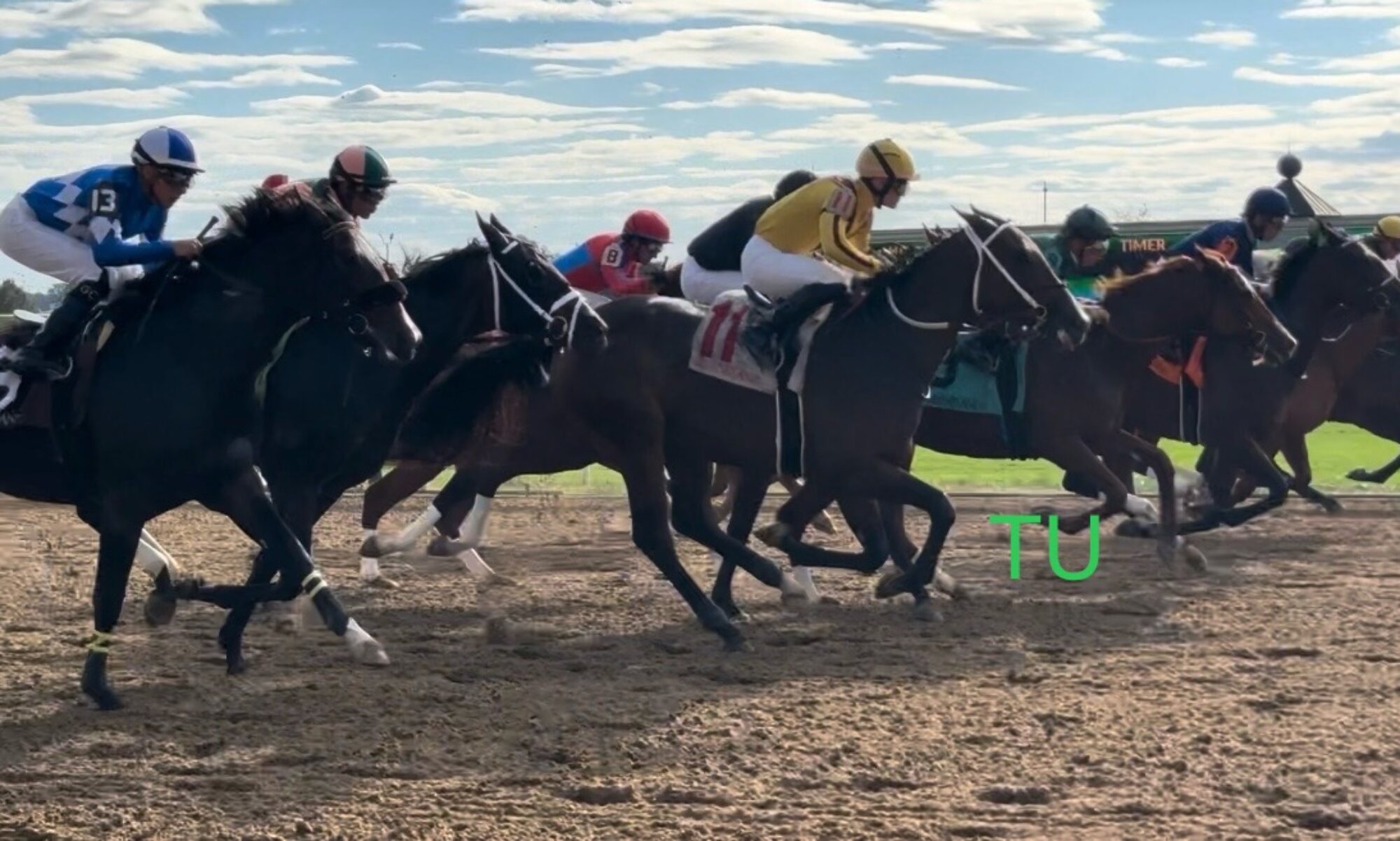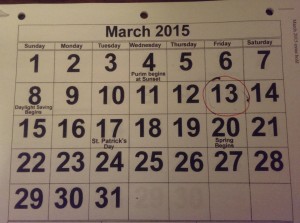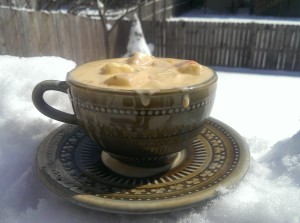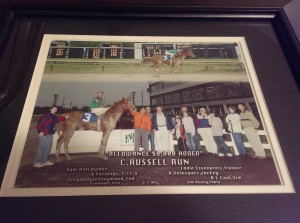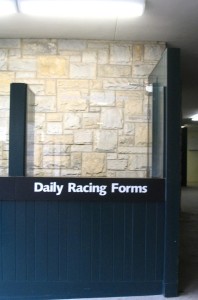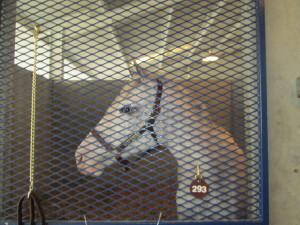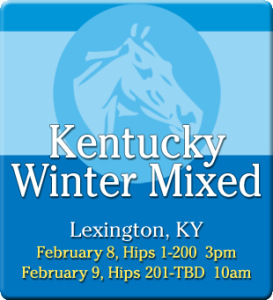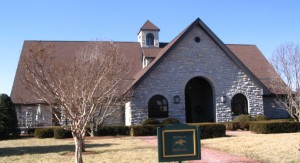March comes in like a lion and out like a lamb. At least, that is how the English proverb goes. That expression of weather lore is about as undependable as the previous month’s groundhog forecasting. Despite all the crazy predictions Spring officially arrived on the 20th this month and I am so happy to see it. On these final days of March, there is still a rapidly interchanging coolness to the air but today the sun and flowers are out. Since I last blogged, I have enjoyed all of the joy that March brings, St. Patrick’s Day, March Madness, and a quick getaway to the Great Smoky Mountains. Now just days away from April I am so excited for Keeneland’s Spring Meet!
My favorite holiday is St. Patrick’s Day. I am a marshal annually in the local parade. This year’s Grand Marshal was Tom Hammond. He was born in Lexington, KY and he is a sportscaster on the national level. He has a degree in animal science, specializing in equine genetics. He has done the broadcasting for the Kentucky Derby and many times for the Breeders’ Cup, for which he won an Emmy. He has other Emmys as well and was a former play-by-play announcer for Southeastern Conference basketball. Him and his wife, Sheilagh were very nice. I talked to the about my blog and they even posed for some pictures. Also, making a repeat performance this year as St. Patrick himself was, Sean McLaughlin. He was nice enough to snap a selfie with me. Sean is the brother of Thoroughbred trainer, Kiaran McLaughlin. Kiaran has trained some big winners, including the Breeders’ Cup, Dubai World Cup, the Kentucky Derby, and the Belmont Stakes. Horses he worked with have won many awards including the number 1 World Thoroughbred Racehorse Ranking and U.S. Horse of the Year. Currently, he is training Kentucky Derby contender, Frosted, owned by Godolphin. This horse in ranked lucky 13 for May 2015’s Run for the Roses.
That brings us to March Madness. My University of Kentucky Wildcats are on fire. The men’s basketball team has won the SEC tournament and made it to the Final Four, in the NCAA tournament, with an undefeated season (38-0). Go CATS!
Basketball has the best fans and since we can’t all pack into the same stadiums I like to travel during the tournaments. I have found Las Vegas, NV does a fantastic job of highlighting the tourney. I also feel that Gatlinburg, TN has that little Vegas feel. I had a great time meeting new fans, representing my CATS, and taking in all the games among the endless variety of restaurants that fun town has to offer. No racetrack though.
That was OK because now it is about time for the Spring meet! New dress and jewelry bought (check), got my hair done today (woot woot), and my raincoat and umbrella will match (ugh, rains a lot this time of the year), means I am ready to roll. Keeneland racetrack in Lexington, KY will start live racing at 1:05 p.m. on Friday, April 3rd, 2015. Don’t be late, McLaughlin is the trainer for Dickinson, listed in the very first race of the day. This is a Maiden Special Weight race. The 3 year old horse however did stumble at Aqueduct on 3/22/15 while racing and did not finish so I am unsure if she is race day ready. I have a lot of work to do handicapping and so do you.
Happy Easter to all and I hope you have a great time at the track! If you have any great tips, please share. Thank you.
Share This: